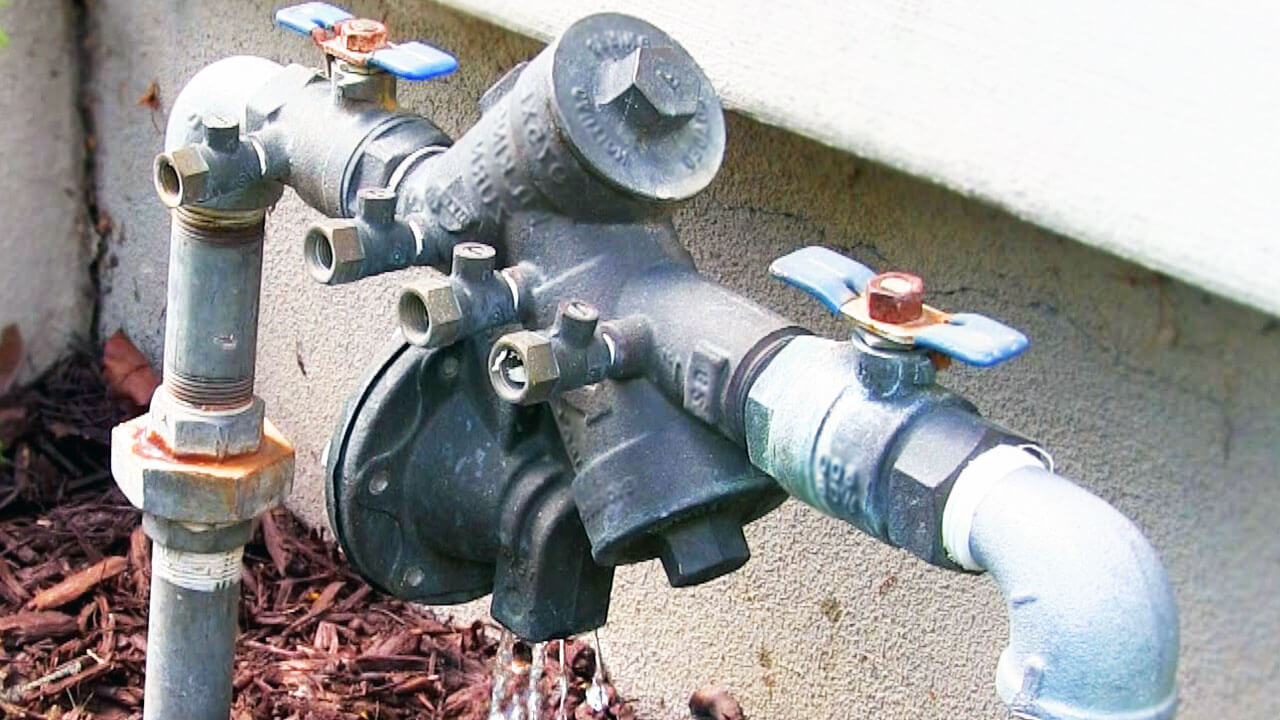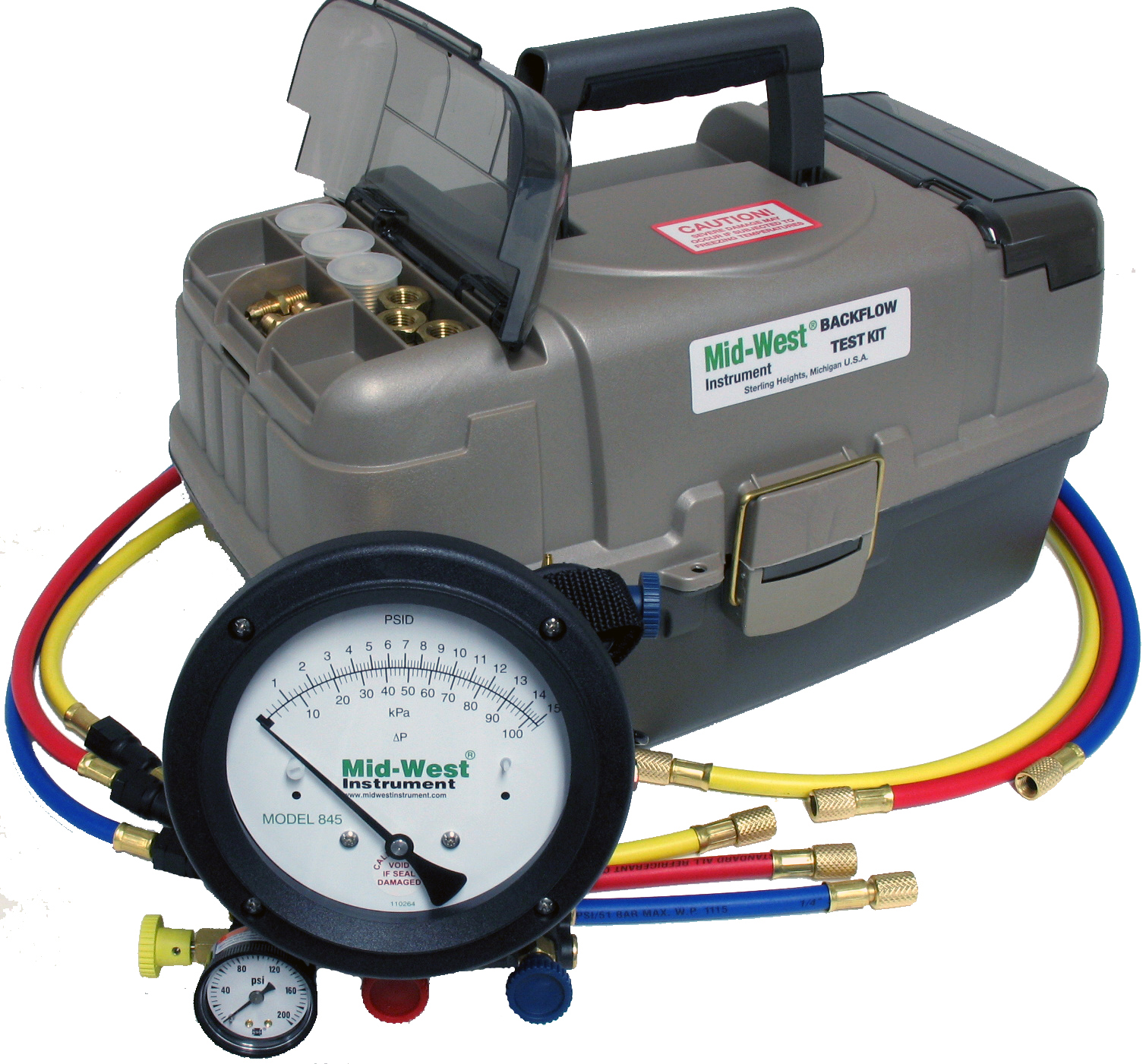Do Backflow Testing Crucial for My Water Quality?
Do Backflow Testing Crucial for My Water Quality?
Blog Article
What are your opinions concerning Backflow Testing?

Yes, you need to backflow examination your house's water supply to ensure that the water is without toxic substances and hazardous levels of chemicals. As a result of the tools called for and room for error, you must not attempt to carry out backflow screening by yourself. We recommend that you call an expert plumber every number of years to examine your water.
What is Heartburn?
In short, backflow is when water moves upwards-- the opposite instructions in the plumbing system. This is also called "backpressure." When the water moves in this instructions, it can blend with unsafe contaminants and posture a risk.
What Causes Backflow?
A regular root cause of heartburn is a loss of water pressure that causes the water to siphon back into the water. An instance is cleaning a paint pail making use of a pipe. You load the paint container up with water, leaving the hose pipe in the bucket. After a long time, there is a loss in water stress and the hose begins to draw the water back into the water. As you can visualize, there are currently chemicals from the paint that are getting in the water supply, possibly posturing a danger. However, many people are not even knowledgeable about backflow screening, yet there are numerous reasons that it's so important.
Backflow Screening is Needed by Legislation in Particular Cities
Depending on where you live, you may in fact be required by legislation to backflow examination your law. Iowa City maintains a record of all residential properties offered by the city's water supply. The city needs that specific "high-hazard" centers undertake heartburn screening. In some cases, residential properties such as residences and apartment buildings are affected.
You Can Avoid Backflow
The major function of a heartburn tool is to avoid water from streaming backward into your water supply. Plumbing technicians install the device on the pipelines in your house to ensure that the water only moves in the right instructions.
Backflow Can Impact Both You and Your City
Several cities establish backflow standards due to the fact that hazardous heartburn can affect the public water in addition to a solitary structure. Fortunately, modern-day cities have backflow tools in place that secure the water supply that originates from the majority of homes and business homes. The actual risk comes from watering systems, which can damage the water with poisonous plant foods, manure, as well as other chemicals.
Call a Plumber to Test for Heartburn Before It is Far too late
A plumbing business can quickly examine your house's water to figure out if there are any harmful chemical degrees. As well as if you do discover that your water has high levels of contaminants, a plumber can conveniently install a backflow prevention gadget.
Yes, you require to backflow test your residence's water supply to make sure that the water is totally free of toxic substances and harmful levels of chemicals. A normal reason of backflow is a loss of water stress that creates the water to siphon back into the water supply. After some time, there is a loss in water pressure as well as the hose begins to suck the water back into the water supply. The primary purpose of a heartburn device is to prevent water from streaming backwards into your water supply. Many cities establish backflow guidelines because dangerous heartburn can impact the public water supply in addition to a single structure.
WHY DOES BACKFLOW TESTING NEED TO BE DONE EVERY YEAR
What Is Backflow?
Toxic gas backing up into a building is one example of potential backflow issues, but backflow can occur in many other ways.
Backflow is generally referred to as the reversal of a liquid or gas in a plumbing system.
Most issues for the public occur with backflow resulting in contaminated drinking water. If you look up backflow issues online you’ll probably find references to “potable” water. That means drinking water.
There have been backflow issues in the past with drinking water. Chemicals, sewage and other contaminants have found their way into drinking water causing health issues for those that count on the fresh water.
What Causes Backflow?
In a residence or commercial building water generally flows one way. This normal flow is usually driven by consistent pressure in the water and waste system.
Anything that changes the normal pressure in the system can lead to backflow.
Fire hydrant use or malfunction can reverse the normal pressure in the system on a city line, but backflow can occur in a number of different ways.
Sometimes backpressure might be caused by someone using a garden hose and submerging the end of the hose in a pool of liquid. If pressure is lost the flow could reverse and contaminants could be released into the drinking water.
Anytime there is a connection between contaminants and the drinking water there is potential for a backflow issue. Sometimes these connections are not immediately obvious like the garden hose connecting to a building’s drinking water supply.
Backflow Regulations
The Environmental Protection Agency (EPA) provides guidelines and regulations for state and local governments regarding backflow. State and local governments also have their own guidelines and regulations for backflow prevention.
Arizona has its own backflow regulations.
Due to issues with backflow in the past, regulations require backflow preventer devices to be used in nearly all residential and commercial buildings.
A backflow preventer is a device that prevents backflow as cross-connection points where potential backflow issues may occur.
While backflow is not a common occurrence, preventers are in place to make sure there is no contamination should something malfunction or go wrong with a building’s water supply.

As a serious person who reads about Backflow Assembly Testing, I imagined sharing that section was sensible. For those who enjoyed our page if you please be sure to share it. I take joy in reading our article about Backflow Testing.
View
Report this page